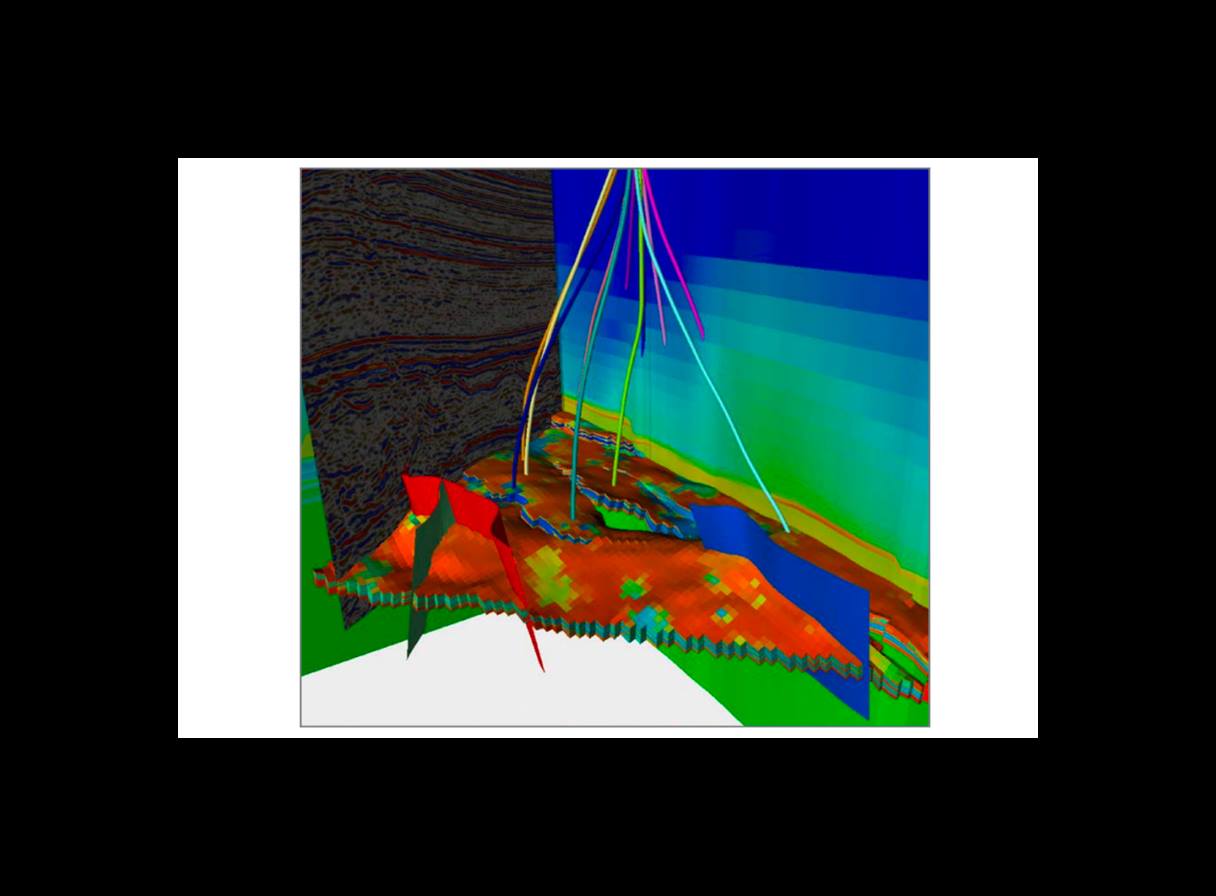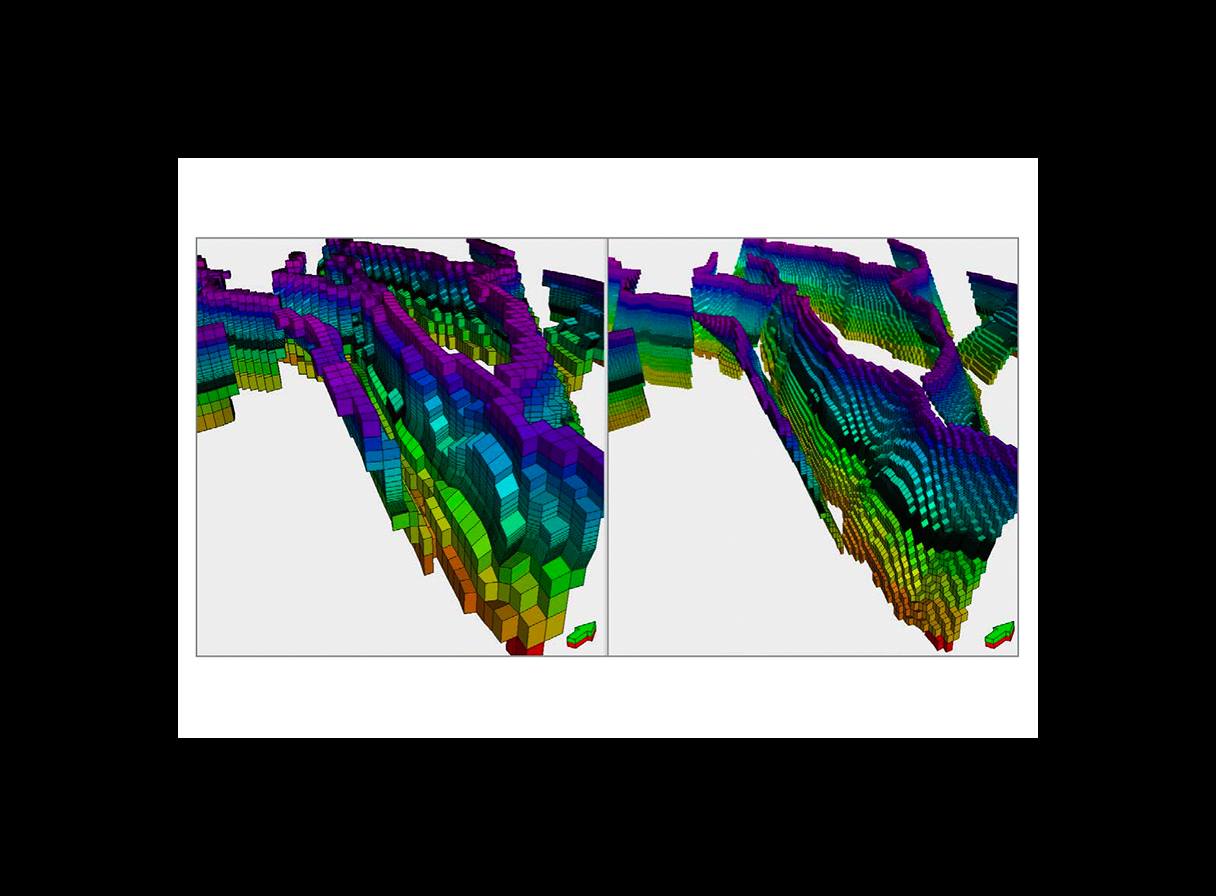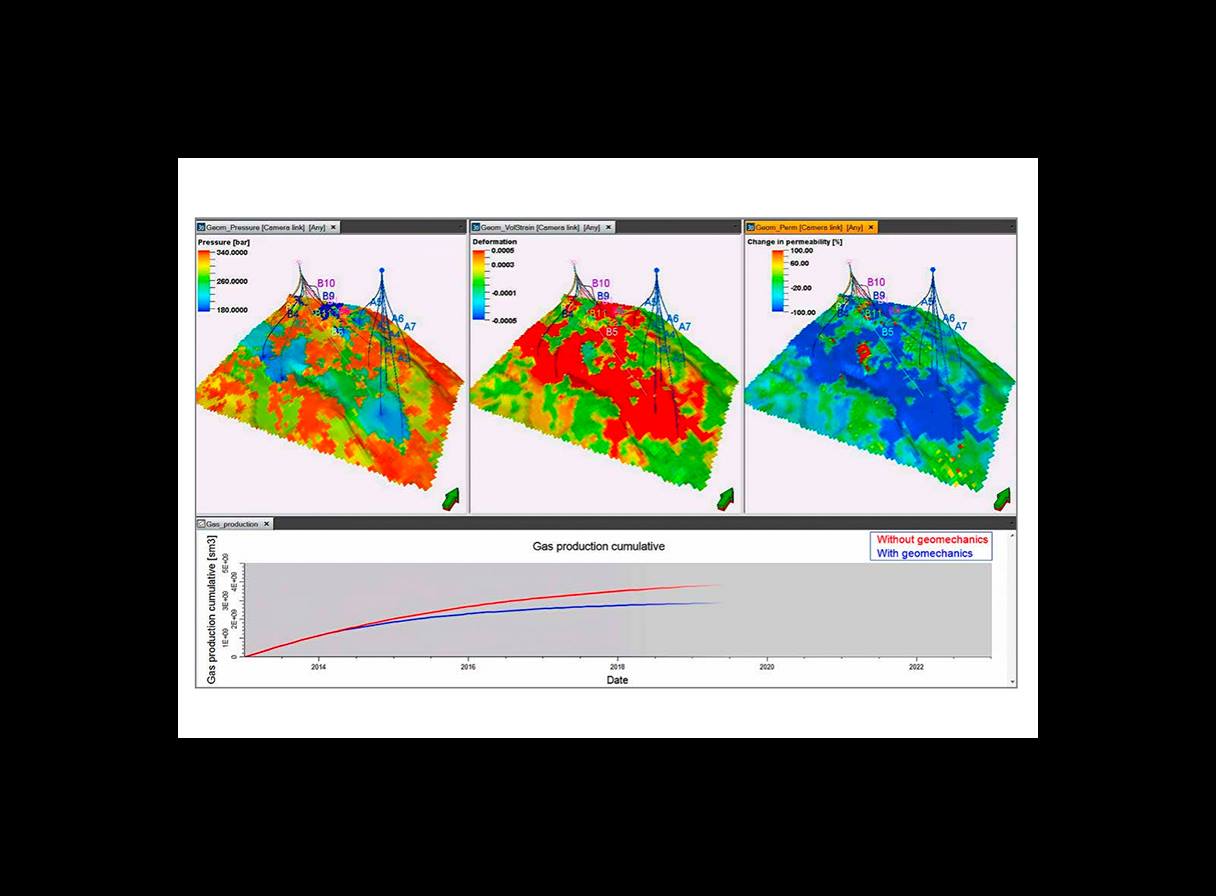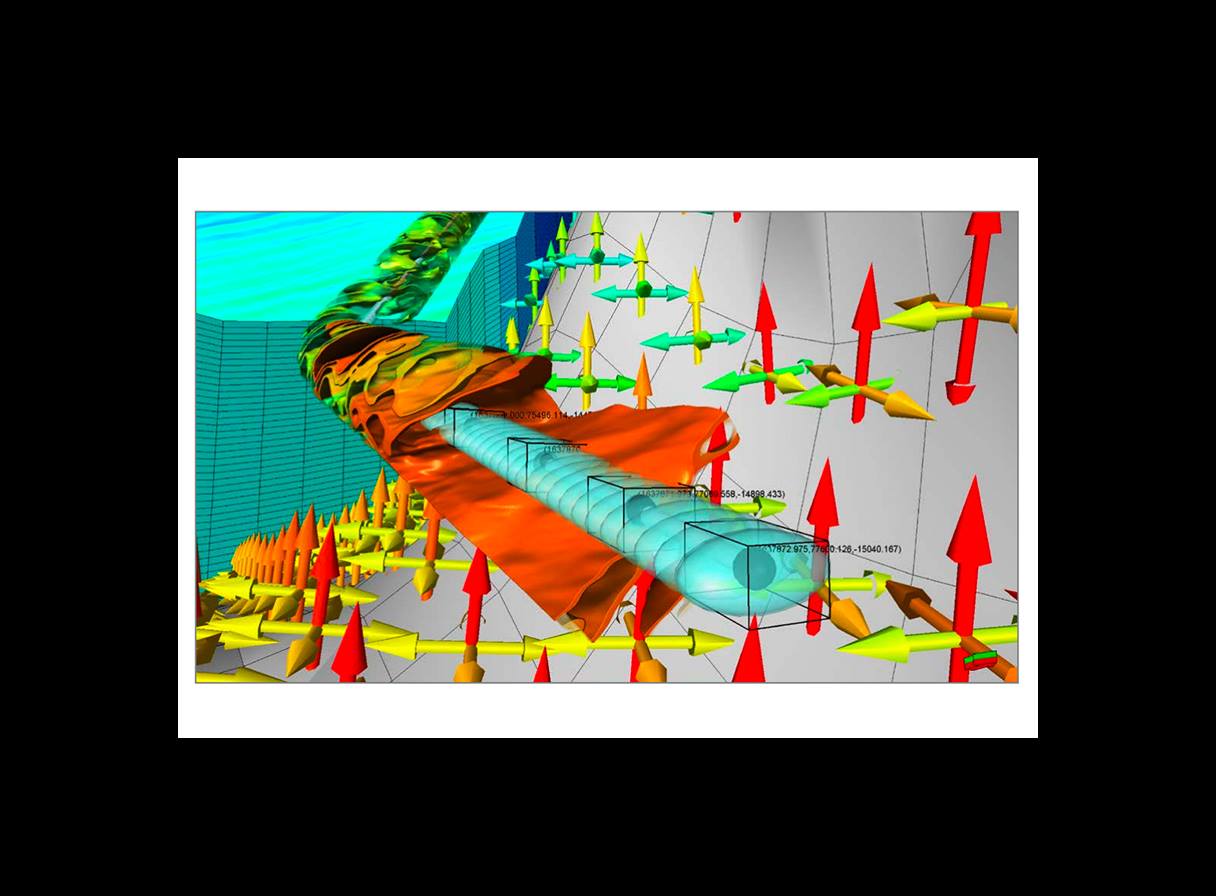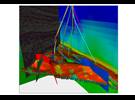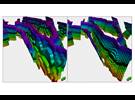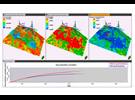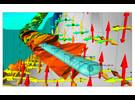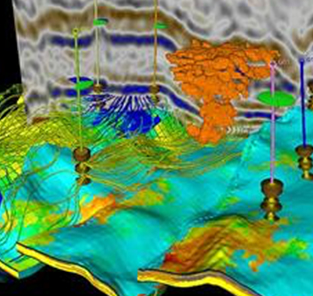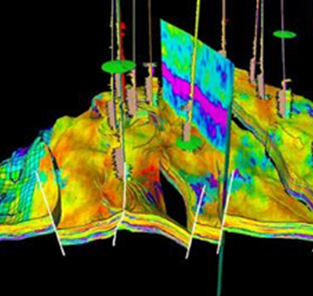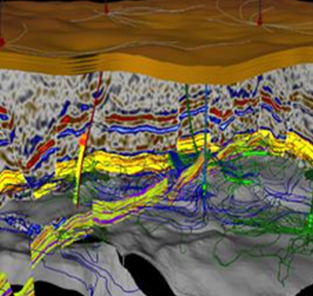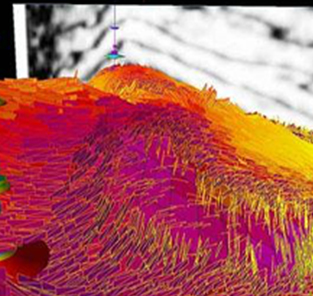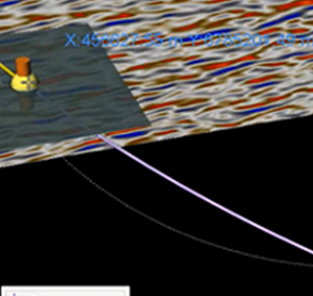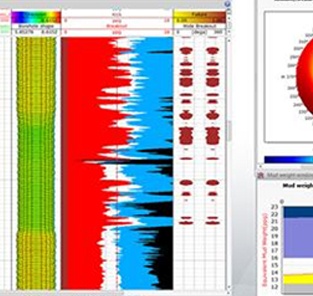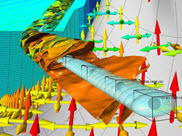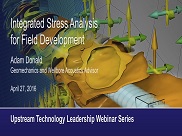The Petrel geomechanics module is the industry’s leading environment for 3D preproduction geomechanics modeling and 4D geomechanics modeling of operating fields. Geomechanics phenomena such as rock stresses, deformation, and failure have the potential to adversely affect everything from the target reservoir to a wide range of oilfield activities across exploration through development, production, and abandonment. Petrel geomechanics addresses these concerns with a comprehensive set of integration, interpretation, modeling, and engineering workflows within Petrel subsurface software, seamlessly powered by the Visage finite-element geomechanics simulator.
Key workflows include the following:
- Creating geomechanics simulation grids as an end-to-end workflow within subsurface models, from including geomechanics in new models to adding geomechanics to existing models and coupling simulations using models migrated from existing reservoir simulations
- Simulating with full functionality for faults, fractures, multi-million cell models, and MPI parallel using the latest Visage finite-element geomechanics simulator
- Performing all simulation preprocessing—including grid embedment, property modeling and population, boundary conditions, one-way and two-way coupling between the Visage simulator and the Eclipse industry-reference reservoir simulator or Intersect high-resolution reservoir simulator, run-launch, and run-management—and postprocessing, such as results viewing and quality checking.
Features
- Property mapping by regions
- Additional boundary conditions for model initialization
- Two-way coupling between simulations in the Visage geomechanics simulator and the Intersect or Eclipse reservoir simulator, providing permeability updating in the reservoir simulations and property updating in the geomechanics simulations
- Unified model developed by ISAMGEO engineering GmbH for modeling shear, compaction, creep, and softening behavior in chalks and other weak rocks
- Improved geomechanics results charting, including a cell probe to display the evolution of Mohr's circles of stress and stress paths with time
- Local grid refinement (LGR) for increased resolution as needed in the regions of the model around faults and wells
- Model population with geomechanics properties across selected regions, cell by cell, or with a combination of both techniques
- Basic or advanced rock behavior models and failure criteria, with options ranging from simple linear elasticity to more complex responses such as nonlinear, anisotropy, critical state (modified cam-clay), compaction, and unified models
- Incorporation of fracture and fault data from seismic surveys, well logs, or discrete fracture network (DFN) modeling
